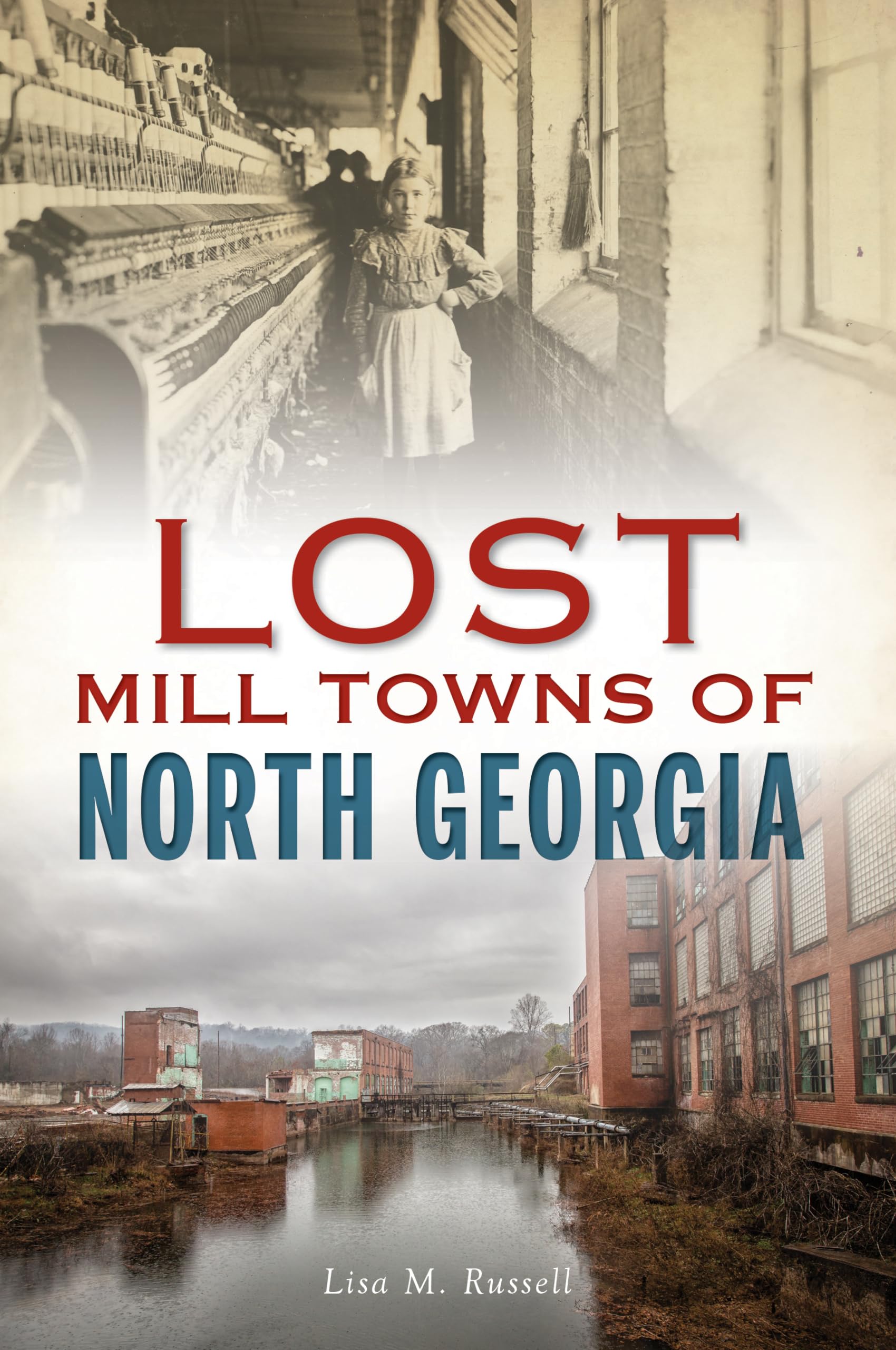The textile era was born of a perfect storm. When North Georgia’s red clay failed farmers and prices fell during Reconstruction, opportunities arose. Beginning in the 1880s, textile industries moved south. Mill owners enticed an entire workforce to leave their farms and move their families into modern mill villages, encased communities with stores, theaters, baseball teams, bands and schools. To some workers, mill village life was idyllic. They had work, recreation, education, shopping and a home with the modern conveniences of running water and electricity. Most importantly, they got a paycheck. But after the New Deal, workers started to see the raw deal they were getting from mill owners and rebelled. Strikes and economic changes began to erode the era of mill villages, and by the 1960s, mill village life was all but gone. Author Lisa Russell brings these once-vibrant communities back to life.
Lost Mill Towns of North Georgia
$16.16
This book provides a historical study of the textile industry and mill village life in North Georgia, teaching about economic and social change.
Additional information
| Weight | 0.476 lbs |
|---|---|
| Dimensions | 15.2 × 1.7 × 22.9 in |






Reviews
There are no reviews yet.